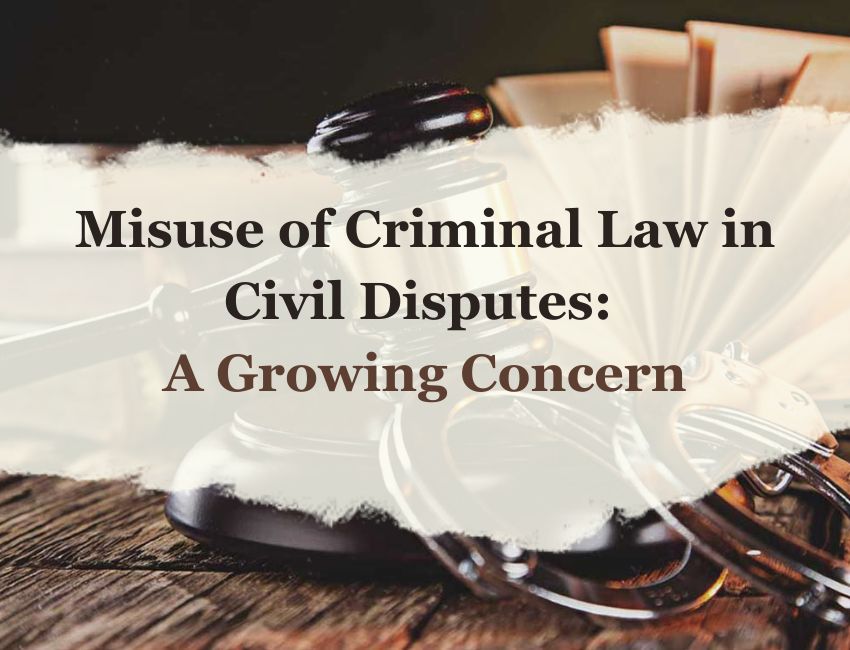@JUDGMENTTAG-ORDER
K. Balakrishnan Nair, J.@mdashThe point that arises for decision in this case is concerning the interpretation of Section 16(1)(b) of the Consumer Protection Act, 1986. The brief facts leading to the case are the following:
2. The petitioner challenges Ext. P1 notification, by which respondents 3 and 4 were appointed as members of the State Consumer Dispute Redressal Commission. The Commission consists of a President and 4 members, in the light of Section 16(1) of the Consumer Protection Act, 1986 read with Rule 16 of the Kerala Consumer Protection Rules, 2005. Section 16(1)(a) of the Consumer Protection Act deals with the appointment of President of the Commission, who is or has been a Judge of a High Court. Section 16(1)(b) of the Act deals with the appointment of other members. The proviso to Section 16(1)(b) says that not more than 50% of the members to be appointed should be persons having a judicial background. The meaning of "person having a judicial background" is explained in the explanation to that proviso. Going by the said proviso, it would appear that the Presiding Officer of a District level Court or Tribunal at equivalent level is eligible to be considered as a person having a judicial background. Rule 17 of the Kerala Consumer Protection Rules says that persons who are having a judicial background should be appointed from a panel obtained from the High Court. The petitioner submits, he was one of the three persons included in the panel forwarded by the High Court, for appointment as persons having a judicial background. But, only one of the persons from that panel was appointed as member of the State Commission. Now, the present position is that the State Commission consists of a President and 4 members. Out of those four members, only one person is having a judicial background. Therefore, the petitioner submits, out of the persons appointed under Ext. Pl, one should be removed and another person with a judicial background should be appointed. Reliance is also placed on the 3rd proviso to Sub-section (3) of Section 16 of the Consumer Protection Act in support of this submission.
3. Respondents 3 and 4 have filed separate counter-affidavits supporting Ext. Pl.
4. Heard the learned Counsel on both sides. The relevant portion of Section 16(1) of the Consumer Protection Act, 1986 reads as follows:
16. Composition of State Commissioner :- (1) Each State Commission shall consist of;
(a) a person who is or has been a Judge of a High Court, appointed by the State Government, who shall be its President:
Provided that no appointment under this clause shall be made except after consultation with the Chief Justice of the High Court;
(b) not less than two, and not more than such number of members, as may be prescribed, and one of whom shall be a woman, who shall have the following qualifications; namely:
(i) be not less than thirty-five years of age;
(ii) possess a bachelor''s degree from a recognised university; and
(iii) be persons of ability, integrity and standing, and have adequate knowledge and experience of at least ten years in dealing with problems relating to economics, law, commerce, accountancy, industry, public affairs or administration:
Provided that not more than fifty per cent of the members shall be from amongst persons having a judicial background.
Explanation :- For the purposes of this clause, the expression "persons having a judicial background" shall mean persons having knowledge and experience for at least a period of ten years as a Presiding Officer at the district level Court or any Tribunal at equivalent level:
Provided further that a person shall be disqualified for appointment as a member if
(a) has been convicted and sentenced to imprisonment for an offence which, in the opinion of the State Government, involves moral turpitude; or
(b) is an undischarged insolvent; or
(c) is of unsound mind and stands so declared by a competent Court; or
(d) has been removed or dismissed from the service of the Government or a body corporate owned or controlled by the Government; or
(e) has, in the opinion of the State Government, such financial or other interest as is likely to affect prejudicially the discharge by him of his functions as a member; or
(f) has such other disqualifications as may be prescribed by the State Government.
5. The main point that arises for decision in this case is regarding the interpretation of the proviso, which says that not more than 50% of the members shall be from among persons having judicial background. If the members mentioned in the proviso include the President also, the present constitution satisfies the requirement of the proviso. I feel that such a view is certainly a plausible view having regard to the definition of "member" u/s 2(jj) of the Consumer Protection Act, 1986 which reads as follows:
Section 2(jj) "member" includes the President and a member of the National Commission or a State Commission or a District Forum, as case may be;
6. Even if the contention of the petitioner that the members mentioned therein does not include the President is accepted, I feel that the same will also make no difference on the outcome of the case. Among the 4 members, if one is a member with a judicial background, the representation will be 25%. Twenty five percent is definitely a percentage which is not more than 50% as contemplated by the proviso to Section 16(1)(b) of the Act. But, the learned Counsel for the petitioner submits that the said proviso should be read to mean that the persons with judicial background should be at least 50%. In support of that submission, the learned Counsel relied on the decision of the Apex Court in
The next contention is that the District Magistrate had to convene the meeting for the consideration of the motion on a date which was not earlier than thirty days from the date on which the notice under Sub-section (2) was delivered to him. As the notice was delivered to the District Magistrate on October 26, the learned Counsel contends that the date fixed for the meeting namely, November 25 was earlier than thirty days because according to him the 30th day should be excluded in addition to the date on which the notice was handed. In other words, the learned Counsel wishes to exclude both the terminal days, i.e. October 26 and November 25 and wants to count thirty clear days in between. He contends that the expression "not earlier than thirty days" is equal to the expression "not less than thirty days" and, therefore, thirty clear days must intervene between the two terminal days. In support his contention the learned Counsel relies upon a ruling reported in
7. I feel that the interpretation given by the Apex Court to the expression "not earlier than thirty days" does not in any way improve the case of the petitioner. The learned Counsel brought to my notice the statement of objects and reasons of the Amendment Act, 2002, introduced to the provisions of the Consumer Protection Act. The learned Counsel submitted that having regard to the objects of the Act, a purposive interpretation should be given. I feel that when the words in the statute are plain, it is unnecessary for this Court to embark upon an enquiry, to find out of the objects and reasons of the Act and adopt a purposive consideration to give a meaning which is different from the meaning of the plain words of the statute. In such circumstances, this Court should give effect to the literal meaning of the words of the statute. If the adoption of the plain meaning results in absurdity, appropriate modifications to the meaning of the words can be made. In this case, there is no such contingency. Going by the plain meaning of the words, 25% representation is a representation which is not more than 50%. In other words, when the statute provides that the maximum representation that can be given to persons with a judicial background is 50%, it does not mean that the percentage cannot be less than that. In view of the above position, the contention of the petitioner that the present constitution of the State Commission is not in accordance with the provisions of the Act, cannot be accepted.
In the result, the writ petition fails, and it is dismissed.

